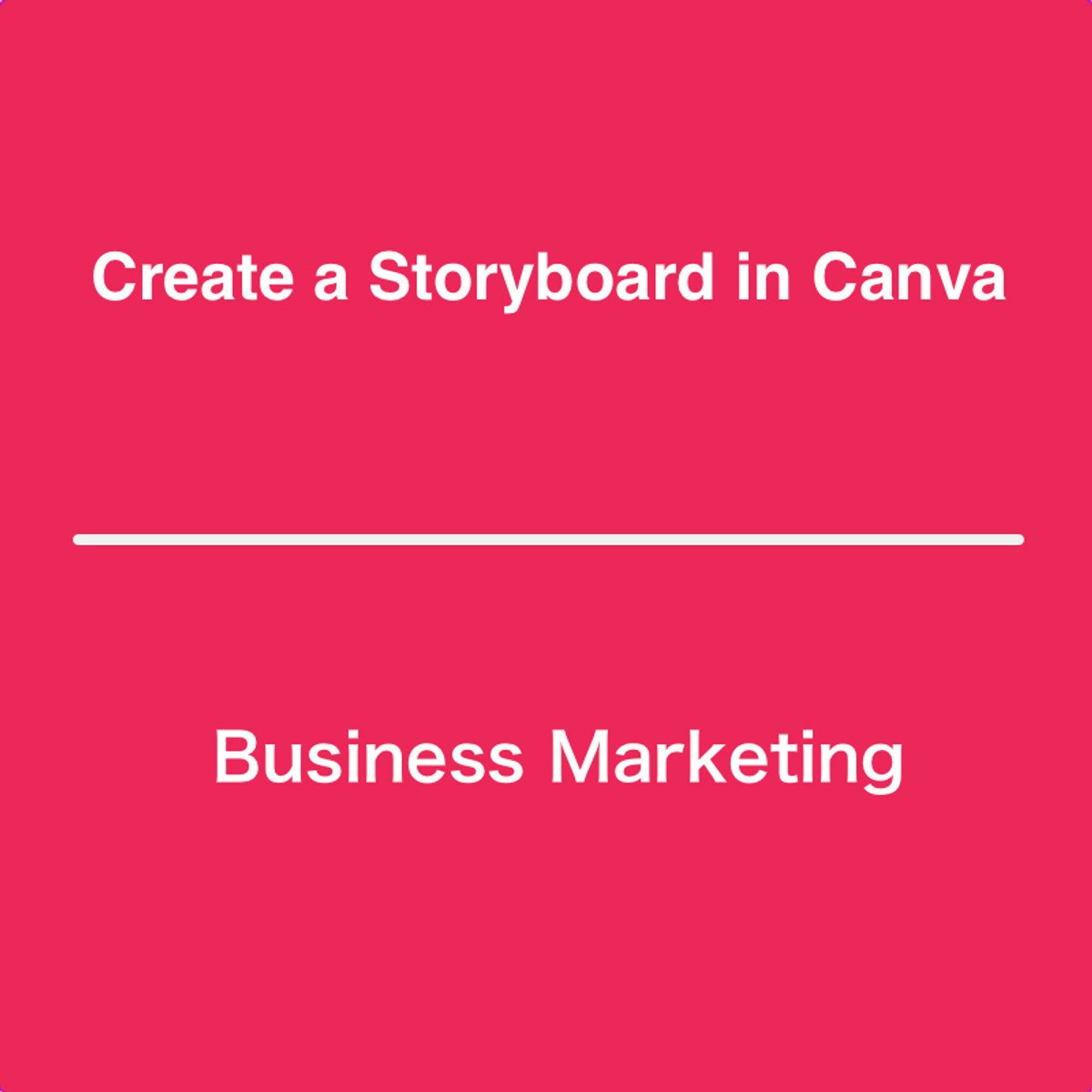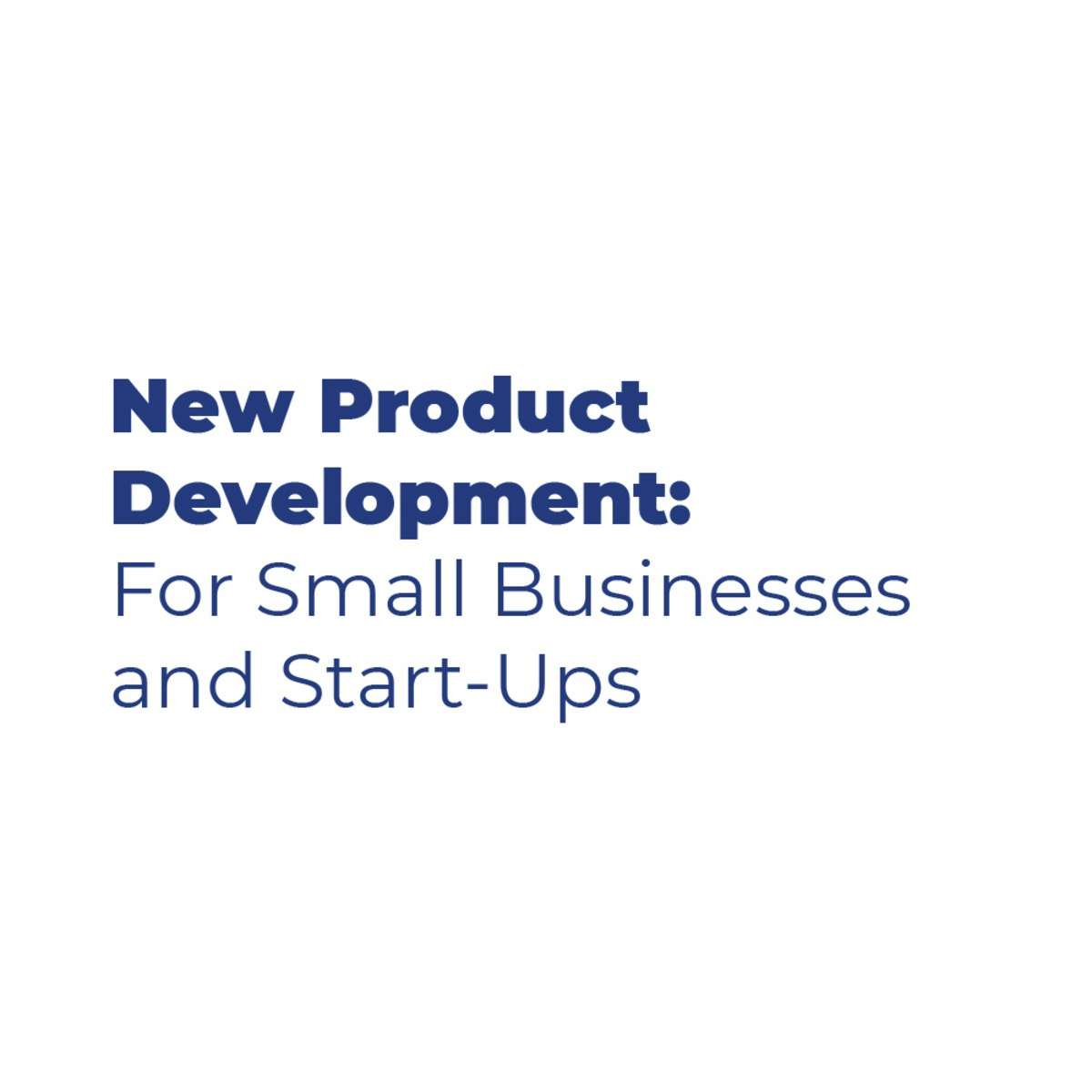Back to Courses









Business Courses - Page 9
Showing results 81-90 of 2058

Create a Storyboard in Canva
By the end of this project, you will learn how to create a Storyboard from scratch using the free version of Canva.
A storyboard is a graphic organizer that consists of illustrations or images displayed in sequence for the purpose of pre-visualising a motion picture, animation, motion graphic or interactive media sequence.
You will be able to incorporate a color scheme, images, and other design elements for aesthetically pleasing and value added business marketing collateral. We can use Canva to complete this project because it provides all the tools you need to create an organized and visually appealing product while offering a variety of options for sharing and collaboration. You will learn how to plan and organize your ideas and utilize graphic design tools as you create a Storyboard template for your next visual experience.
Note: This course works best for learners who are based in the North America region. We’re currently working on providing the same experience in other regions.

How to setup a followers campaign on Twitter
In this guided tutorial, you will learn how to setup a followers campaign on Twitter.
Note: This tutorial works best for learners who are based in the North America region. We're currently working on providing the same experience in other regions.

Manage Idea Generation with Brainwriting in Miro
By the end of this project, you will be able to team idea generation with brainwriting techniques in Miro.
To do this, you will gain hands-on experience applying guided brainstorming strategies to create a brainwriting visualization through in the Miro online visual collaboration platform for teamwork.
Note: This course works best for learners who are based in the North America region. We’re currently working on providing the same experience in other regions.

Automate Equipment Ordering Prep Process with Power Automate
In large companies there are usually many requests for new equipment on a monthly basis, and it takes a lot of steps before an employee gets the wanted piece of equipment. This project can help you turn the boring, repetitive business process into a quick solution with just a few clicks.
In this 1-hour long guided project, you will learn to create a SharePoint list and set up Power Automate flows for the following process: when an employee of your imaginary company wants a new piece of equipment, they will create a request in SharePoint and if it exceeds a certain amount of money, the general manager must approve it. At the end of the month, all requests are collected into an HTML table and sent via email to the department in charge of ordering the equipment, and the person who made the request receives an email that their request has been approved and the equipment will be ordered.
Since this project uses SharePoint (an Office 365 service) and Power Automate (part of the Microsoft Power Platform), you will need access to a Microsoft account and a Microsoft 365 Developer Program subscription. In the video at the beginning of the project you will be given instructions on how to sign up for both.
Let’s get started with automating manual, time-consuming business processes!

Finance for Everyone: Markets
Markets begins with one of the most common and important elements of the financial system – interest rates. You will learn why interest rates have always been a key barometer in determining the value of everything. You will explore the changing influence of interest rates; the impact of interest rates on consumption, investment and economic growth; and the bizarre realities of negative interest rates. Markets explains how interest rates change the value of all financial instruments, highlighting the role of the bond and stock markets that have toppled empires. We take a closer look at the equity pricing models and equity markets that reverberate across the globe, and explore everything from the first stock ever issued – by the Dutch East India Company – to the little-understood but powerful derivative securities market. By the end of the course, you will have developed insight into the intersections of the financial markets with worlds of policy, politics, and power. You will have demonstrated that insight by teaching an important financial concept and translating a financial product or transaction to someone who will clearly benefit from your advice.

GST - when, where, who and how much?
In this course, you will build upon your knowledge on the concept of ‘supply’ covered in the first course.
Once a transaction is identified as ‘supply’, it is important to determine when, where and on whom GST will apply. Equally important is the computation of the value on which the GST is to be applied.
This course provides a platform for learners planning to launch their careers in tax or sharpen their skills with the technical understanding of GST law in India. This program is industry agnostic and is relevant for anyone looking to acquire basic knowledge of GST. It will provide you with the skills required for entry level jobs in the fields of finance, tax, or law.
By the end of this course, you will:
- Be able to identify where the supply should be taxed
- Know when GST needs to be paid
- Understand how much GST needs to be paid
- Understand who needs to pay the GST.
Project Initiation and Planning
In today’s competitive environment learning to effectively manage projects is a critical skill. This course will focus on initiating and planning projects. The course will cover the more traditional linear process, like waterfall approach, as well as the dynamic and iterative approach of agile and hybrid models, so the learners can decide when one approach is more suitable for any of their projects to maximize the chances of a successful outcome!

Project Management: Control using the Earned Value and Risk
Project Management is a fundamental theme to understand and work in any business environments. Once projects are properly planned, the job of a Project Manager is just started. Indeed, PMs need to properly control, re plan, and manage risks during the execution of the project. During the course, the Earned Value Management System – the standard and most diffused technique to properly manage time and cost in a project – is presented. In doing so, the concepts of BCWS (the time-phased budget), the BCWP (the earned value) and ACWP (the actual costs of what has been performed) are introduced along with the main indicators that help managers in taking decision on how to replan the projects according to the estimation at completion. Finally, the main approaches to identify and manage risks are introduced along with the closing phase.

New Product Development For Small Businesses and Start-Ups
In this 1 hr 40 mins long project-based course, you will learn about the process of developing a new product for start-up companies, and small and medium-sized enterprises (SMEs). You will learn about idea generation and the evaluation processes in product development by using an idea generation model and online resources like Google Trends and Amazon. You will use methods to evaluate your product concept through market segmentation, growth potential, and the competition to your product. You will also evaluate a supplier and the cost to your product by analyzing component prices and production rates. By the end of this project, you will be able to create a full retrospective plan for the product launch and understand how and why the specifications are done.
Note: This course works best for learners who are based in the North America region. We’re currently working on providing the same experience in other regions.

FinTech: Foundations, Payments, and Regulations
In this course, you’ll learn the key components of modern-day investment strategies which utilize fintech. Professors Natasha Sarin and Chris Geczy of the Wharton School have designed this course to help you understand the complex structure of payment methods and financial regulations, so you can determine how fintech plays a role in the future of investing. Through analysis of robo-advising and changing demographic forces, you’ll learn how basic elements of trust underlie complex choice architecture in investments and impact investing. You’ll also explore payment methodologies and how fintech is emerging as an entrepreneurial solution to both investments and payment systems. By the end of this course, you’ll be able to identify different financial technologies, and understand the dynamic between the innovations and regulations, and employ best practices in developing a fintech strategy for yourself or your business. No prerequisites are required for this course, although a basic understanding of credit cards and other payment methods is helpful.
Popular Internships and Jobs by Categories
Find Jobs & Internships
Browse
© 2024 BoostGrad | All rights reserved